A faulty latch on a dishwasher can prevent the appliance from running properly and may lead to frustration during your daily kitchen routine. Fortunately, fixing the latch is often a straightforward process that you can handle on your own with a few basic tools. This guide will walk you through the steps of how to fix latch on dishwasher, make necessary adjustments, and ensure your dishwasher is securely latched and operating efficiently.
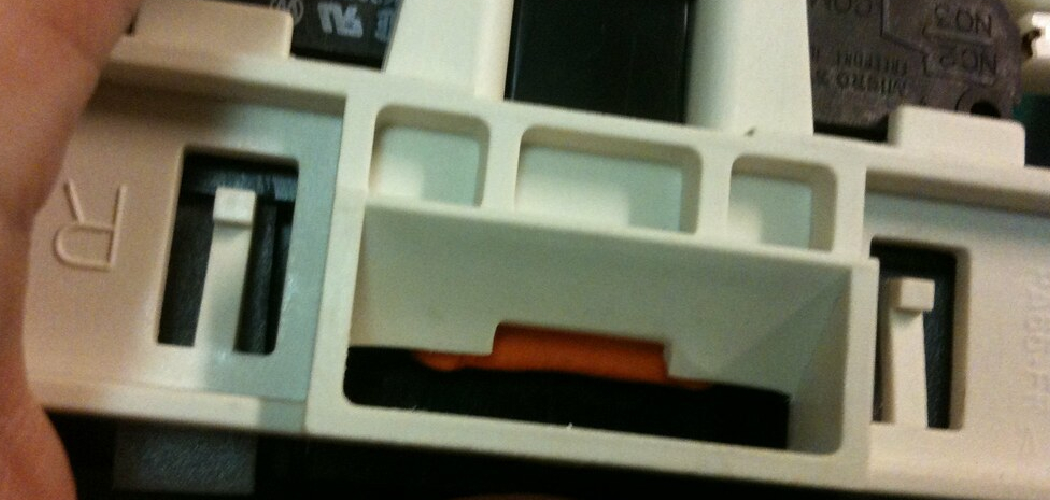
The Importance of a Functioning Latch
The latch on a dishwasher plays a critical role in its operation. It ensures that the door remains securely closed during a wash cycle, preventing water from leaking out and maintaining the necessary pressure for the appliance to clean effectively. A properly functioning latch also activates the safety mechanisms that enable the dishwasher to run, ensuring that it operates only when the door is firmly shut. Ignoring a faulty latch can lead to water damage, inefficient cleaning, and potential damage to the dishwasher itself. Therefore, addressing latch issues promptly is essential for both the performance and longevity of your appliance.
Diagnosing the Latch Problem
Before attempting to fix the latch, it is important to diagnose the root cause of the issue. Start by inspecting the latch for visible signs of damage, such as cracks, misalignment, or wear. Check if the latch appears loose or if the door fails to close tightly against the dishwasher frame. Examine the door strike or catch, which is the part of the dishwasher frame that the latch connects to, for any damage or obstruction. Additionally, listen for any unusual noises when trying to close the door, as this could indicate a mechanical problem. If the latch seems intact, the issue may lie within the internal mechanisms, such as the latch assembly or door switch, which may require further troubleshooting. Understanding the nature of the problem will help you determine the best approach for repairing the latch and restoring your dishwasher’s functionality.
10 Methods How to Fix Latch on Dishwasher
1. Inspect the Latch for Visible Damage
Before attempting any repairs, closely examine the dishwasher latch to determine the cause of the issue. Over time, the latch can suffer from wear and tear, dirt buildup, or misalignment, leading to improper function.
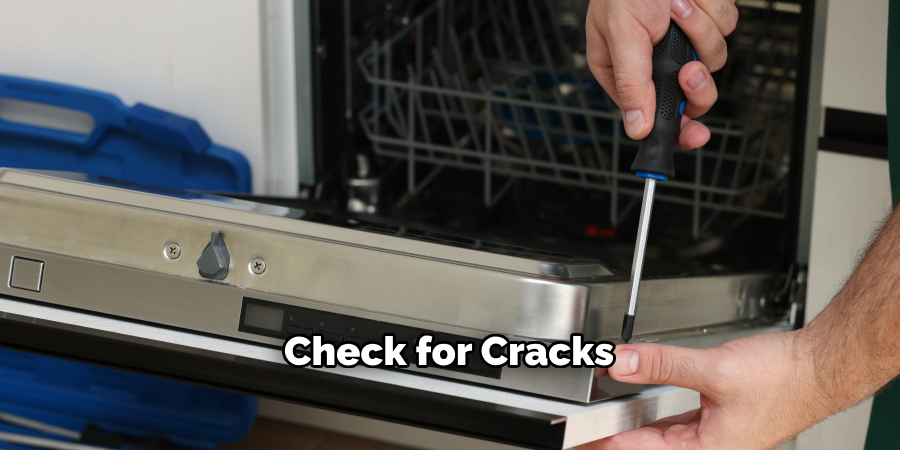
- Open and close the dishwasher door while observing how the latch moves.
- Check for cracks, bends, or rust on the latch mechanism.
- If the latch appears loose, it may just need tightening or minor adjustments.
- If the latch is physically broken, replacing it will be the best solution.
Performing a thorough inspection helps identify the exact problem, allowing you to choose the most effective repair method.
2. Clean the Latch Mechanism
Dirt, grease, and food particles can accumulate around the latch, preventing it from engaging properly. Cleaning the latch can often restore proper function.
- Use a damp cloth or sponge to wipe away visible dirt.
- Apply a small amount of dish soap or vinegar to break down grease.
- Use a toothbrush or cotton swab to clean hard-to-reach areas inside the latch mechanism.
- Dry the latch thoroughly before testing the door.
Regular cleaning prevents latch malfunction and keeps the dishwasher working efficiently.
3. Tighten Loose Screws on the Latch Assembly
If the dishwasher latch feels loose or wobbly, it may just need tightening.
- Locate the screws that secure the latch assembly to the dishwasher door.
- Use a Phillips screwdriver to gently tighten the screws.
- Avoid overtightening, as this may damage the latch or strip the screws.
- Test the door to ensure it latches securely.
A loose latch can prevent the dishwasher from running, so tightening the screws is a simple yet effective fix.
4. Adjust the Strike Plate for Proper Alignment
The strike plate is the metal piece inside the dishwasher that the latch hooks onto. If the strike plate is misaligned, the latch may not engage properly, causing door closure issues.
- Open the dishwasher door and locate the strike plate on the frame.
- Use a screwdriver to loosen the screws slightly.
- Adjust the strike plate up, down, or side to side to align it with the latch.
- Tighten the screws and test the latch by closing the door.
Proper alignment ensures that the latch hooks securely, preventing door leaks and cycle interruptions.
5. Lubricate the Latch for Smoother Operation
If the dishwasher latch feels stiff or difficult to move, applying lubricant can help restore smooth function.
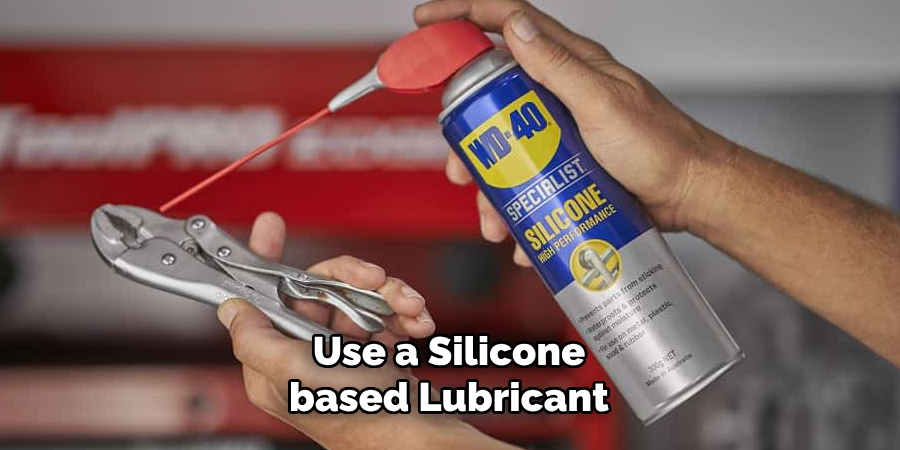
- Use a silicone-based lubricant or graphite lubricant, as these won’t attract dirt.
- Apply a small amount to the moving parts of the latch.
- Open and close the door a few times to distribute the lubricant.
- Wipe away any excess to prevent buildup.
Lubrication helps prevent sticking, jamming, and excess friction, keeping the latch working effortlessly.
6. Replace a Broken Latch Assembly
If the latch is cracked, bent, or completely broken, replacement is the best option.
- Unplug the dishwasher or turn off the power at the circuit breaker.
- Locate and remove the screws securing the inner door panel.
- Disconnect the wires connected to the latch assembly.
- Install the new latch assembly, reconnect the wires, and secure it with screws.
- Reassemble the door panel and restore power.
Replacing the latch ensures secure door closure and uninterrupted operation.
7. Check for a Warped Dishwasher Door
A warped or bent dishwasher door can prevent the latch from aligning correctly.
- Examine the door for uneven gaps or misalignment when closed.
- If the door appears slightly warped, try pressing it back into alignment gently.
- In extreme cases, the door hinges may need adjustment or replacement.
A properly aligned door ensures that the latch engages correctly, allowing the dishwasher to function as intended.
8. Test the Door Switch for Electrical Issues
Some dishwashers won’t start unless the door switch confirms that the latch is fully engaged. If the latch seems functional but the dishwasher won’t run, the door switch may be faulty.
- Unplug the dishwasher before working on electrical components.
- Use a multimeter to test the door switch for continuity.
- If the switch shows no electrical continuity, it must be replaced.
- Install a new door switch following the manufacturer’s instructions.
Fixing the door switch ensures that the dishwasher recognizes when the door is securely latched, allowing the cycle to begin.
9. Inspect and Replace the Door Spring or Hinges
If the dishwasher door drops suddenly or doesn’t close smoothly, the issue may be with the door spring or hinges, not the latch itself.
- Open the bottom kickplate to inspect the door springs.
- If a spring is broken or loose, replace it with a new one.
- Check the door hinges for rust or misalignment and replace them if necessary.
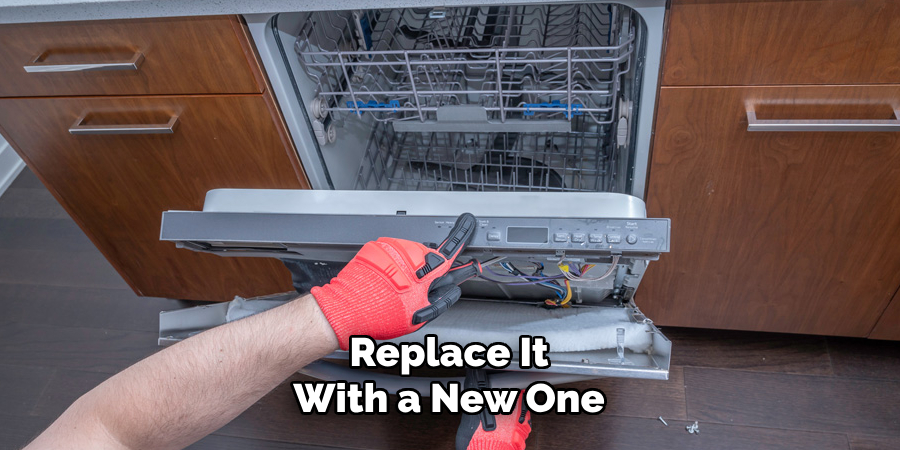
Proper door tension ensures that the latch engages smoothly and securely.
10. Reset the Dishwasher to Fix Latch-Related Errors
Sometimes, a dishwasher may not start even if the latch is physically fine. This could be due to a software glitch or error code related to the door latch sensor.
- Turn off the dishwasher by unplugging it or flipping the circuit breaker.
- Wait for 5–10 minutes to reset the control panel.
- Restore power and check if the issue is resolved.
If the dishwasher still doesn’t latch properly, inspect for sensor malfunctions that may require professional repair.
Maintenance and Upkeep
Regular maintenance of your dishwasher’s latch and door components can prevent issues and extend the lifespan of your appliance. Follow these tips to ensure smooth operation and avoid costly repairs:
Clean the Latch and Door Area Weekly
Wipe down the latch, strike plate, and surrounding areas with a damp cloth to remove dirt, grease, and food debris. This prevents buildup that can hinder proper latching.
Inspect Moving Parts Monthly
Check the latch mechanism, door hinges, and springs for signs of wear, rust, or misalignment. Addressing minor issues early can prevent them from worsening.
Apply Lubricant Periodically
Every three to six months, apply a small amount of silicone-based lubricant to the latch and moving parts to maintain smooth function. Avoid over-lubrication to prevent dirt accumulation.
Check Screw Tightness
Ensure all screws securing the latch, strike plate, and door panel are tight. Loose screws can lead to misalignment and improper latching.
Run a Maintenance Cycle
Use a dishwasher cleaning solution to run a dedicated maintenance cycle every 1–2 months. This keeps the interior clean, prevents clogs, and maintains overall efficiency.
Monitor for Unusual Behavior
If the latch becomes stiff, the door feels uneven, or the dishwasher struggles to start, address these signs promptly. Early troubleshooting can save you time and money.
By keeping your dishwasher well-maintained, you can ensure it operates reliably and securely for years to come.
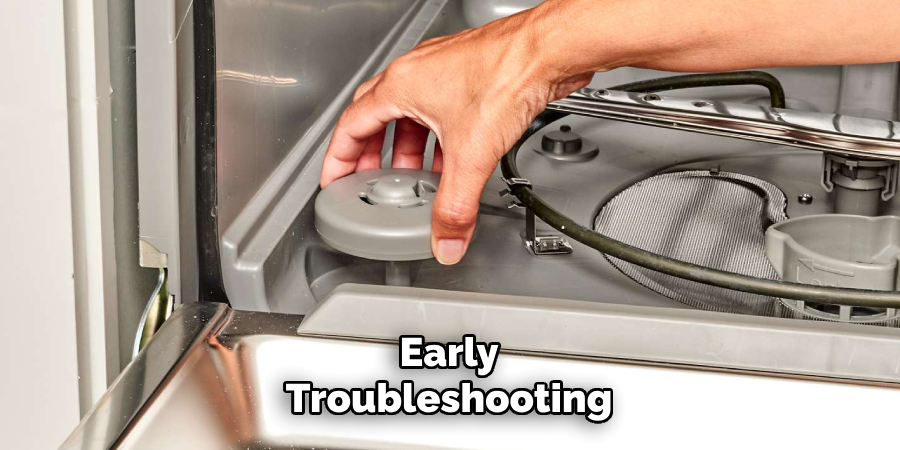
Conclusion
A malfunctioning dishwasher latch can prevent proper operation, cause leaks, or lead to incomplete wash cycles. Fortunately, these 10 repair methods can help you troubleshoot and fix the issue without needing costly repairs. Whether it’s tightening screws, cleaning the latch, realigning the strike plate, or replacing a damaged part, these solutions ensure secure door closure and reliable dishwasher performance. So, there you have it – a quick and easy guide on how to fix latch on dishwasher.
Professional Focus
Angela Ervin, a former interior designer turned blogger, specializes in kitchen design and renovations. Through her website, she blends her passion for cooking with design expertise, sharing practical and creative ideas. Known for balancing functionality and beauty, Angela’s insightful content has made her a trusted voice in home design and lifestyle.
About the Author
Angela Ervin, an experienced interior designer and blogger, combines her passion for kitchen renovations with storytelling. Living in Petersburg with her family, she enjoys cooking and testing her projects firsthand. Known for her humor and relatable style, Angela shares creative, functional design insights through her content, making her a trusted voice in home design.
Education History
University: Virginia Commonwealth University
Degree: Bachelor of Fine Arts (BFA) in Interior Design
- Angela’s education at VCU focused on mastering core interior design principles, including spatial planning, color theory, materials selection, and sustainable design practices.
- She gained hands-on experience through studio projects and collaborative design exercises, which honed her ability to create functional and aesthetically pleasing environments.
- Her coursework also emphasized problem-solving and practical applications of design, preparing her for real-world projects like her self-directed kitchen renovations.
- The program’s strong foundation in both technical skills and creative expression shaped Angela’s ability to seamlessly integrate form and function in her work.
